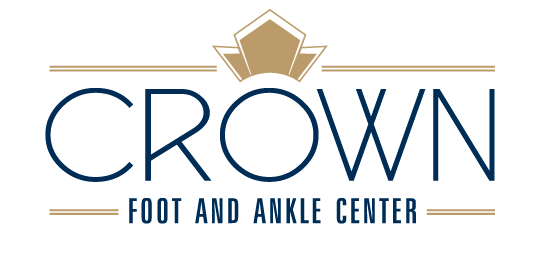Bunion Symptoms and Treatments
What Is A Bunion?
A bunion is a bone deformity or an enlargement of the joint at the base of the big toe. This is called the metatarsophalangeal or MTP joint. It forms when bone or tissue at the MTP joint moves out of place. The MTP joint bears weight and pressure when you walk. Abnormal pressure on the joint and tendons often lead to instability of the joint that over time results in a bunion. The MTP joint may become stiff or sore and you may have difficulty wearing shoes. You may also notice your big toe pushing towards your other toes.
Bunion Symptoms
- You may notice a firm bony protrusion on the outside edge of your foot. It usually appears at the base of the big toe but can sometimes appear at the base of your small toe. This is often referred to as a “bunionette” or tailor’s bunion.
- You may notice soreness, swelling or redness near the MTP joint.
- Corn or other irritations may occur where your toes are forced to rub together.
- Your big toe may become restricted or painful to move.
What Causes Bunions?
Years of abnormal foot motion and pressure on the MTP joint causes bunions. Occupations and hobbies that place pressure on the foot like ballet dancing can cause bunions to form. Bunions are often the result of faulty foot development, the way we walk, the shoes we wear or an inherited foot type. It may also be the result of foot injuries, neuromuscular disorders or congenital deformities. It occurs the most often in patients we see who have arthritis or inflammatory joint disease. Women often have bunions more often because of high-heeled shoes or pointed-toe shoes that place more pressure on the MTP joint.
Bunion Treatment at Home
If you notice a bunion forming or are having pain it is important to address the issue before it gets worse. Halting the deformity and relieving the pressure should be the goal of early treatment. Here are some tips on how to take care of a bunion:
- Apply a commercial non-medicated pad to the bony area
- Wear wide shoes with a wide and deep toe box.
- Wear comfortable shoes that conform to your foot and aren’t too tight
- Always have your foot sized when you purchase shoes and fit your largest foot size.
- Avoid high heels and pointed-toe shoes
- Apply ice to the area, several times a day, if painful and swollen.
If you have no relief, contact your podiatrist at Crown Foot and Ankle Center. Remember early detection and treatment will help ensure you avoid surgery. Left untreated, the deformity will grow and become more painful.
Bunion Treatment At The Podiatrist
Padding and taping is often used first to eliminate or minimize pain and relieve the stress placed on your MTP joint.
If medication is necessary, anti-inflammatory drugs and cortisone injections are available.
Orthotics – shoe inserts can often reduce the symptoms and correct or control the walking motions causing the bunion. This prevents worsening symptoms and deformity.
Physical therapy is often used. Ultrasound therapy is a popular technique for treating bunions and the soft tissue surrounding the area.
Surgical Options are available when early treatments fail or your bunion progresses. Surgical treatments are based on the severity of the deformity. A simple bunionectomy or removal of the bony prominence is often all that is necessary. If you bunion is severe, a more involved process will be used including reconstructing the MTP joint. Recuperation time involves several weeks where swelling and some discomfort may continue. Pain and discomfort are managed with medication and therapy by your podiatrist office.


